We spend a big part of our lives at work. It’s where we talk with others, solve problems, and try our best to do a good job. But sometimes, people show up to work while quietly struggling inside. Behind smiles and small talk, many are dealing with stress, sadness, or feelings they don’t know how to share.
Mental health struggles are more common than most people realize. And when no one talks about them, the silence can be harmful.
This Mental Health Awareness Month, Bio-One of Towson wants to talk about something that doesn’t get enough attention. We want to help more people understand how important it is to support mental health at work. Because when someone feels safe enough to open up, it might not just help them feel better. It could actually save their life.
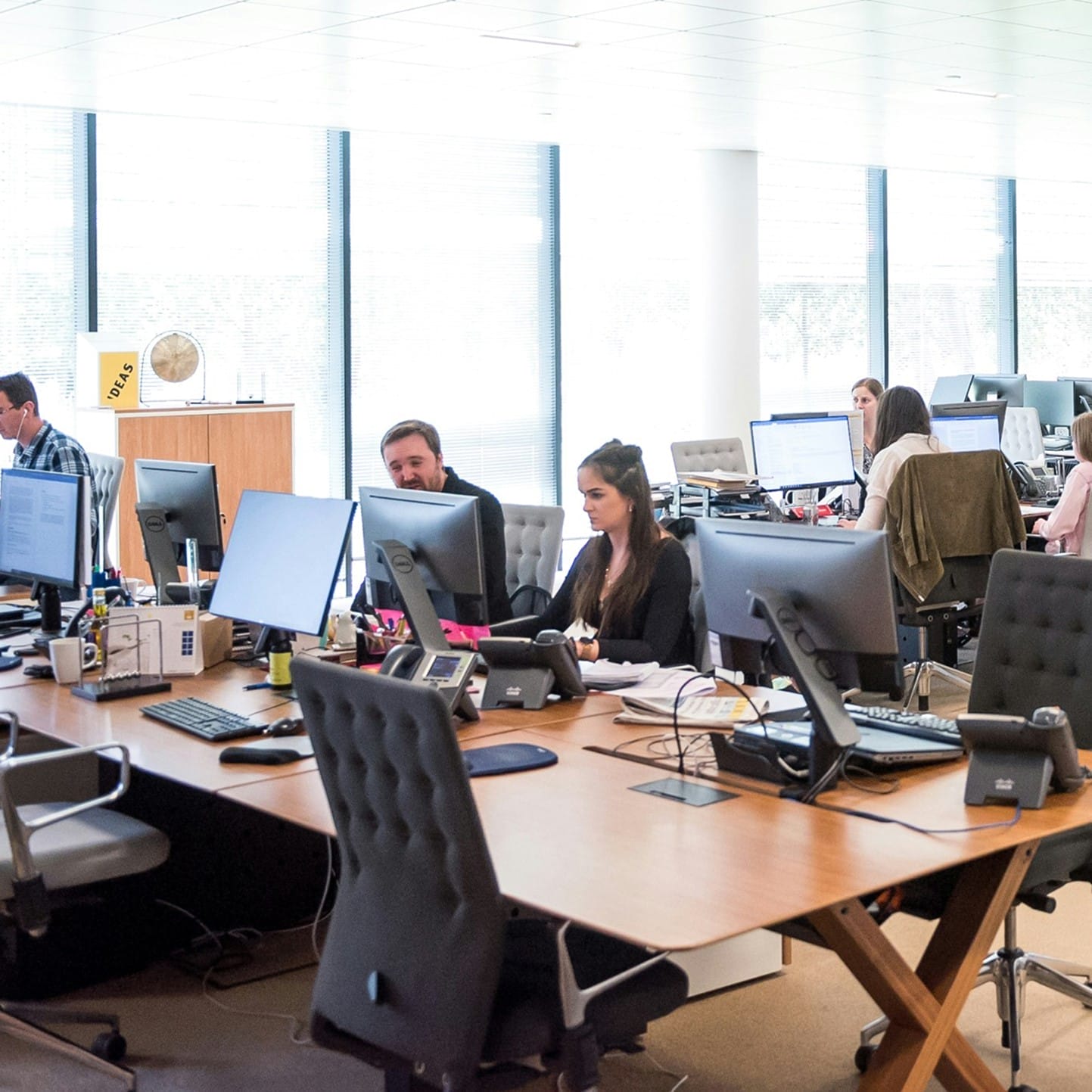
Mental health challenges don’t stop when someone walks into work. If a person is feeling anxious, depressed, or overwhelmed at home, those feelings usually come with them to the office, the warehouse, or the job site.
Many people do their best to keep going. They show up, smile, and try to focus. But on the inside, they might be hurting. They could be dealing with grief, trauma, stress, or other serious mental health struggles, and no one around them even knows.
Why don’t more people speak up?
Because they’re afraid.
So instead, they stay silent. And that silence can make things worse.
At Bio-One, we’ve seen what happens when people suffer in silence. That’s why we believe it’s important to create spaces, especially at work, where people feel safe talking about what they’re going through.
It’s not always easy to tell when someone is having a hard time. At work, many people try to hide what they’re feeling so they can “push through” the day. But there are often small signs that can let us know when a coworker or friend might be struggling with their mental health.
Here are a few things to watch for:
These signs might not seem like much at first. But together, they can show that someone is not okay.
Even if you’re not sure, it’s always a good idea to check in. A simple “Hey, I noticed you’ve seemed a little off. Want to talk?” can let them know they’re not alone.
Sometimes, just being seen and heard can help someone take the next step toward getting support.

When people feel like they can't talk about their mental health, it can make everything worse. Silence often leads to shame. And shame can make someone feel even more alone.
At work, this silence can feel extra heavy. Someone might be struggling every day, but if they believe no one will understand or they’ll be judged, they may never speak up. Instead of asking for help, they keep everything inside.
That kind of isolation can be dangerous.
At Bio-One, we’ve responded to tragic calls where someone lost their life to suicide. It doesn’t just happen at home. We’ve been called to clean up offices, warehouses, and other workspaces where a person felt there was no way out.
Many of those lives might have been saved if they had felt safe enough to speak up.
This is why it matters to talk about mental health at work. Because when we make space for honest conversations, we make it easier for people to get the help they need, before it’s too late.
You don’t have to be a manager or part of the HR department to make a difference. Every person in a workplace can help create a space where mental health is talked about openly and kindly.
Here are some simple ways to start:
These small actions help build trust. And trust creates a workplace where people feel more supported, connected, and safe to be honest about what they need.

Leaders have a powerful role in shaping workplace culture. When managers talk openly about mental health and support their teams, it sends a clear message: it’s okay to speak up, and it’s okay to need help.
Here are a few ways leaders can make a real difference:
When leadership takes mental health seriously, it sets the tone for the entire workplace. It helps build a culture of care, and that can save lives.
Talking about mental health at work might seem small, but it can have a huge impact. It’s not just a kind thing to do. It’s a real form of suicide prevention.
When people feel like they can be honest about how they’re doing, they’re more likely to get the help they need. A caring conversation at work could be the moment that helps someone keep going.
Here’s what open, supportive workplaces can offer:
These things may seem simple, but they can make a life-changing difference.
Every conversation matters. Every person who chooses to listen, share, or care helps make the workplace a safer space for everyone.
At Bio-One of Towson, we’re called in after some of life’s hardest moments. We clean up after tragedy, but we would much rather help prevent that tragedy from ever happening.
This Mental Health Awareness Month, we’re encouraging every workplace to take a step toward being more open, more caring, and more supportive. Whether you’re an employee, a manager, or a business owner, your words and actions matter.
One conversation can help someone feel seen.
One kind question can remind someone they are not alone.
And one safe space at work could be the reason someone chooses to stay.
Let’s work together to make sure no one suffers in silence.
Let’s make it easier to talk about mental health.
Let’s make our workplaces places where people feel supported every day.
Because sometimes, a simple conversation really can save a life.
Because many people are silently struggling, when mental health is ignored in the workplace, it can lead to isolation, shame, and even tragedy. Open conversations create safer, more supportive environments where people feel seen and are more likely to ask for help.
Look for changes such as:
Check in with them gently. Try saying, “Hey, I’ve noticed you don’t seem like yourself lately. Want to talk?” Just showing that you care can help them feel less alone.
Yes. Everyone can help create a more supportive workplace. You can lead by example, check in with others, and talk openly about your own stress or mental health experiences.
Many people are afraid of being judged, looking weak, or losing their job. That fear leads to silence, and silence can make mental health struggles worse.
Managers can:
Yes. When someone feels safe and supported, they are more likely to speak up and get help before reaching a crisis point. Honest conversations can be life-saving.
Silence can lead to shame and isolation. Bio-One has responded to suicide scenes in workplaces where people may have never felt safe enough to talk about what they were going through. That’s why early conversations matter.
Start small. Talk about stress, burnout, therapy, or self-care in everyday conversations. The more we speak openly, the less scary and “taboo” the topic becomes.
Ask someone how they’re really doing—and mean it. That one question could help them feel seen, heard, and valued. It’s a simple step that could make a big difference.
The opioid crisis has had a profound impact on communities across the nation, including Baltimore, MD. The widespread use of powerful opioids like fentanyl not only endangers lives but also leaves hazardous residues that can pose serious health risks to anyone exposed. At Bio-One of Towson, we specialize in fentanyl and opioid decontamination, providing a safe and effective solution to this growing concern.
Fentanyl is an extremely potent synthetic opioid, and even trace amounts can be harmful if inhaled, ingested, or absorbed through the skin. Properties contaminated with opioid residue—whether homes, vehicles, or public spaces—pose a significant threat to:
Our team is trained to handle fentanyl and opioid decontamination with precision and care. We follow strict protocols to ensure that affected areas are thoroughly cleaned and safe for re-entry. Our services include:
We work closely with local law enforcement, first responders, property managers, and community organizations to address the challenges posed by the opioid crisis. Our goal is to provide effective solutions that not only clean contaminated spaces but also support the broader effort to combat this epidemic.
If you’re dealing with a property affected by fentanyl or opioid contamination in Baltimore, MD, don’t wait to seek professional help. Bio-One of Towson is here to provide fast, thorough, and compassionate decontamination services. Together, we can ensure a safer environment for everyone.
Call us now for immediate assistance or to schedule a consultation.
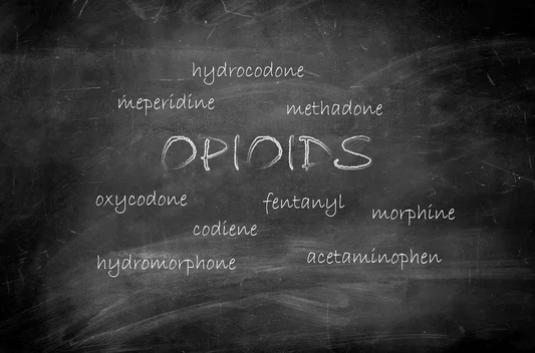
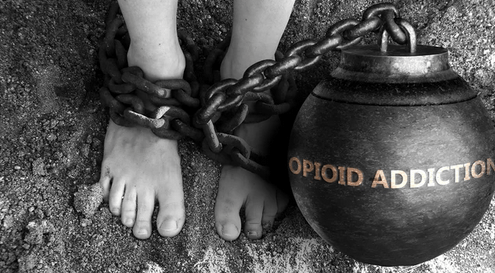
Winter can be a particularly challenging time for individuals and families dealing with hoarding. The cold weather often keeps people indoors, amplifying the impact of cluttered and unsafe living conditions. For residents of Howard County, Bio-One of Towson is here to provide compassionate, professional hoarding cleanup services, helping individuals regain control of their living spaces even during the harshest months of the year.
The colder months present unique difficulties for hoarding environments. These include:
Bio-One of Towson specializes in tackling hoarding situations with sensitivity and expertise. Our winter cleanup services in Howard County include:
Winter weather doesn’t slow us down. Bio-One of Towson is equipped to handle cleanup projects even in the toughest conditions. Our team is prepared with:
Hoarding can be overwhelming, but you don’t have to face it alone. Bio-One of Towson is proud to serve Howard County, offering a lifeline to individuals and families in need. We collaborate with local organizations, social workers, and mental health professionals to provide comprehensive support tailored to each client’s situation.
This winter, let Bio-One of Towson help you or your loved ones create a safer, more comfortable living space. Our hoarding cleanup services in Howard County are designed to bring peace of mind and a fresh start, no matter the weather.
Contact Bio-One of Towson Today
Don’t let winter’s challenges delay necessary help. Reach out to Bio-One of Towson for professional, compassionate hoarding cleanup services. Together, we’ll clear the way for a brighter, safer future.
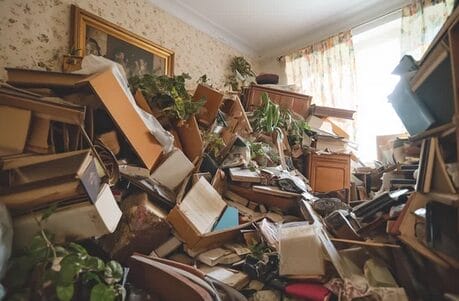
Winter in Baltimore County can be unforgiving. From freezing temperatures to snow-covered roads, the season poses challenges for everyone, including homeowners, property managers, and businesses. During these tough months, Bio-One of Towson steps up to provide essential cleanup and decontamination services, ensuring the safety and well-being of the community.
Winter conditions often exacerbate the need for professional cleanup services. Issues like burst pipes, mold growth due to moisture, and increased indoor activity can create hazardous environments. Here are some ways Bio-One of Towson is ready to help:
Severe weather can lead to emergencies that require specialized cleaning services. For example:
Our team at Bio-One of Towson is trained and equipped to handle the most challenging cleanup scenarios, no matter the season. During winter, we’re prepared with:
As Baltimore County braces for another harsh winter, remember that Bio-One of Towson is here to help. Whether you’re dealing with a biohazard emergency, water damage, or a challenging cleanup situation, we’re just a call away. Let us handle the tough jobs so you can focus on staying warm and safe.
Contact Bio-One of Towson Today
Don’t wait for problems to escalate. Reach out to Bio-One of Towson for reliable, professional cleanup services this winter. Together, we’ll weather the season safely and securely.
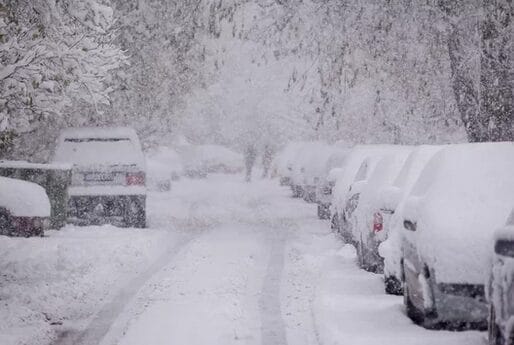
In Alexandria, VA, the need for compassionate and effective cleanup services has become increasingly important as the city addresses the challenges posed by homeless encampments. Bio-One of Towson recently undertook a significant project in this area, demonstrating our commitment to restoring safety and cleanliness to public spaces while treating the situation with the respect and dignity it deserves.
Homeless encampments often present unique cleanup challenges due to the presence of biohazardous materials such as human waste, drug paraphernalia, and other potentially dangerous contaminants. These environments require specialized attention and a thorough understanding of the health risks involved. At Bio-One of Towson, we recognize that each cleanup is not just about removing debris, but about ensuring the safety of the community and the well-being of those who lived in these spaces.
Assessment and Planning: Our process begins with a detailed assessment of the site. In Alexandria, our team carefully evaluated the encampment, identifying areas that required immediate attention and determining the best approach for safe and efficient cleanup.
Biohazard Removal: Given the presence of biohazardous materials, our trained technicians used industry-standard protocols to safely remove and dispose of these hazards. This includes the proper handling of items such as needles, human waste, and any other potentially infectious materials. Our team is equipped with personal protective equipment (PPE) to minimize exposure risks during the cleanup.
Waste Segregation and Disposal: A critical part of the process involved segregating hazardous materials from non-hazardous waste. We ensured that all biohazardous waste was carefully packaged, labeled, and transported to licensed disposal facilities, adhering to both EPA and Virginia state regulations.
Site Restoration: After the hazardous materials were removed, the area was thoroughly cleaned and sanitized. Our goal was to not only remove visible debris but also to address any underlying health risks, leaving the site safe for future use.
The cleanup of the homeless encampment in Alexandria, VA, was about more than just waste removal; it was about contributing to the community’s overall health and safety. Bio-One of Towson takes pride in providing services that support local efforts to maintain public spaces while acknowledging the complex issues surrounding homelessness. We work closely with local authorities and community organizations to ensure that our cleanups are conducted with sensitivity and care.
At Bio-One of Towson, we are more than just a cleanup service. We are dedicated to helping communities like Alexandria navigate challenging situations with professionalism and compassion. Our experienced team is always ready to take on the toughest cleanup tasks, ensuring that every project is handled with the highest standards of safety and respect.
If you or your community requires professional cleanup services, whether it’s for a homeless encampment, a crime scene, or any other biohazardous situation, Bio-One of Towson is here to help. Contact us today to learn more about how we can assist you.
In the heart of Baltimore City, amidst its diverse neighborhoods and bustling streets, lies several hidden struggles that often goes unnoticed. One of such challenges is hoarding in low-income residences. For those affected, the accumulation of possessions can become overwhelming, posing serious health and safety risks. In such situations, the intervention of compassionate professionals is crucial, and this is where Bio-One of Towson steps in.
Understanding the Challenge
Hoarding is a complex mental health issue characterized by the excessive acquisition of items and difficulty discarding them for various reasons (extreme psychological attachment, physical disability, among others), leading to cluttered living spaces. In low-income areas, hoarding can be exacerbated by limited resources and support systems. Residents may lack access to proper cleaning supplies, financial means to seek help, or awareness of available assistance.
Empathetic Approach
Bio-One of Towson recognizes that hoarding cleanup goes beyond just removing clutter; it requires sensitivity, understanding, and a non-judgmental approach. Their team understands the emotional attachment individuals may have to their belongings and strives to create a safe and supportive environment throughout the cleanup process.
Tailored Solutions
Every hoarding situation is unique, requiring personalized solutions. Bio-One of Towson conducts thorough assessments to determine the scope of the cleanup and develop a comprehensive plan tailored to the specific needs of each residence. Whether it's addressing biohazards, restoring structural integrity, or coordinating with other support services, their goal is to restore the living space to a safe and habitable condition.
Community Impact
The impact of hoarding extends beyond the individual affected; it affects entire communities. Cluttered residences can attract pests, pose fire hazards, and compromise the well-being of neighbors. By addressing hoarding in low-income areas, Bio-One of Towson not only improves the living conditions of individuals but also contributes to the overall health and safety of the community.
Restoring Dignity
One of the core values of Bio-One of Towson is restoring dignity to those affected by hoarding. They understand that individuals facing hoarding disorder may feel isolated and ashamed, and they approach each cleanup with respect and compassion. By restoring cleanliness and order to the residence, they aim to empower individuals to regain control of their lives and live with dignity.
Raising Awareness
In addition to their cleanup efforts, Bio-One of Towson is committed to raising awareness about hoarding as a mental health problem and the resources available for those in need. They collaborate with local organizations, mental health professionals, and community leaders to educate the public and reduce the stigma surrounding hoarding.
Conclusion
Bio-One of Towson's work in cleaning up hoarding in low-income residences in Baltimore City is more than just a service; it is a mission rooted in compassion, empathy, and community support. By providing tailored solutions, restoring dignity, and raising awareness, they are making a positive impact on the lives of individuals and the community as a whole. In a city where every resident deserves a safe and healthy living environment, Bio-One of Towson is a beacon of hope, shining light into the shadows of hoarding disorder.
In times of unrest or crisis, tear gas is sometimes used as a means of crowd control or dispersal. While it may serve its intended purpose in the moment, the aftermath of tear gas deployment can leave behind lingering effects that pose risks to both property and public health. In Baltimore, Maryland, Bio-One of Towson stands ready to provide professional tear gas cleanup services, ensuring the safe and thorough restoration of affected areas.
Tear gas, also known as riot control agents (RCAs), is a chemical compound used by law enforcement to disperse crowds or control riots. While it is intended to be non-lethal, tear gas can have significant effects on individuals and the environment. Residue from tear gas can linger on surfaces, causing irritation to the skin, eyes, and respiratory system. Additionally, tear gas residue can contaminate indoor spaces and belongings, posing ongoing health risks if not properly cleaned up.
After tear gas has been deployed, thorough cleanup is essential to ensure the safety of affected areas and minimize health risks. Attempting to clean up tear gas residue without proper training and equipment can be hazardous and ineffective. That's where Bio-One of Towson comes in. As experts in biohazard cleanup, they have the knowledge, experience, and specialized equipment to safely and effectively remove tear gas residue from surfaces, ventilation systems, and belongings.
Bio-One of Towson offers comprehensive tear gas cleanup services tailored to the unique needs of each situation. Their team of trained professionals follows strict protocols to mitigate health risks and ensure thorough decontamination. From assessing the extent of contamination to removing residue and restoring affected areas, Bio-One of Towson handles every aspect of tear gas cleanup with precision and care.
At Bio-One of Towson, their mission goes beyond just cleaning up tear gas residue. They understand the importance of restoring safety and peace of mind to affected communities and property owners. By providing prompt and professional tear gas cleanup services, theylp minimize the long-term effects of tear gas exposure and create a clean and safe environment for residents, employees, and visitors.
If you're in need of professional tear gas cleanup services in Baltimore, Maryland, don't hesitate to reach out to Bio-One of Towson. Their experienced team is available 24/7 to respond to emergencies and provide prompt and thorough cleanup services. With Bio-One of Towson by your side, you can rest assured that your property will be restored to a safe and livable condition. Contact Bio-One of Towson today to learn more about their tear gas cleanup services and how they can help you.
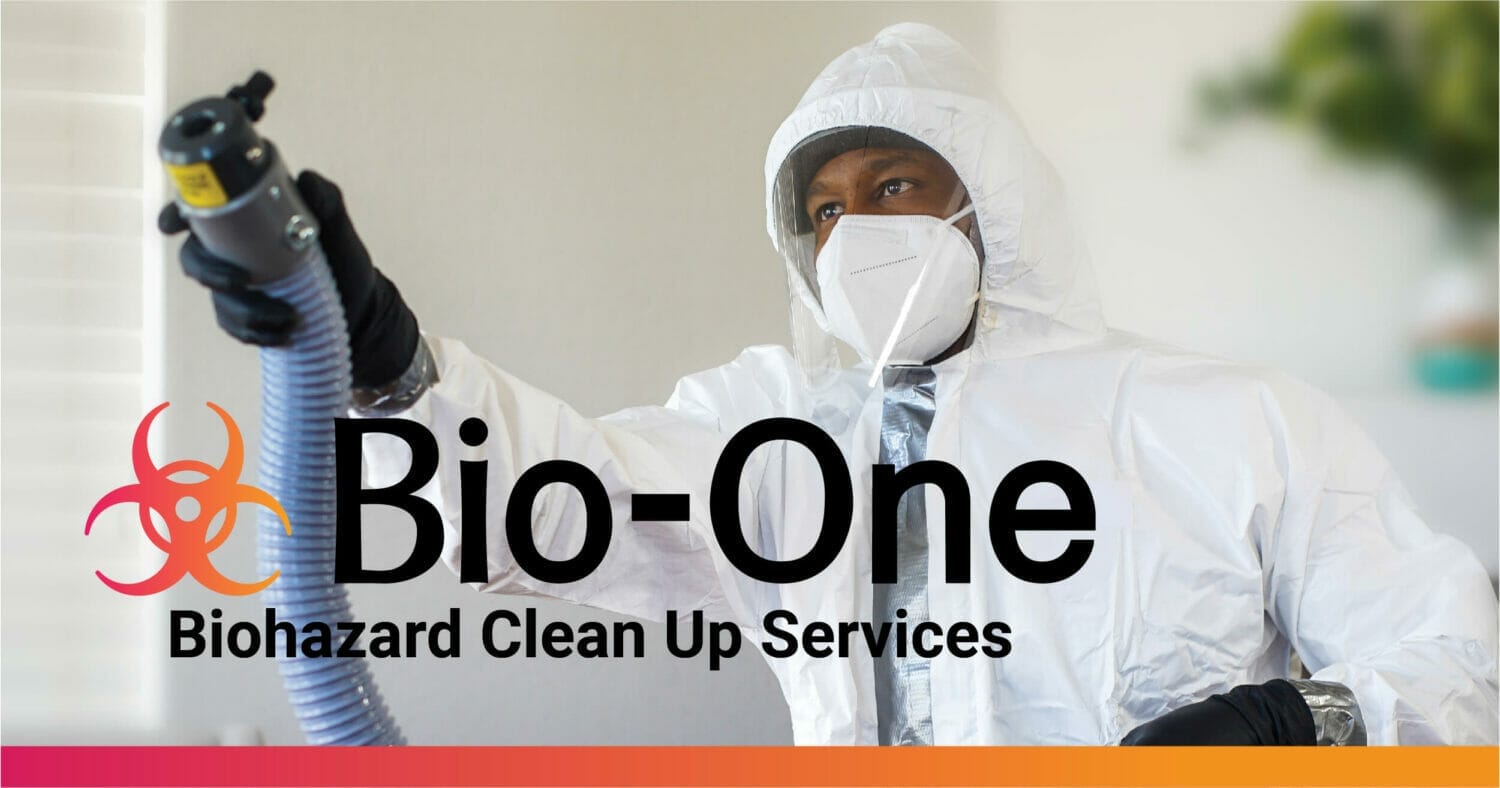
Losing a loved one is one of the most challenging experiences anyone can face. In the midst of grief and shock, dealing with the aftermath of a death can be overwhelming, especially when it comes to cleanup. In times like these, having a compassionate and professional team to handle the cleanup process can provide much-needed support and peace of mind. That's where Bio-One of Towson steps in as your trusted partner for professional death cleanup in Catonsville, Maryland.
Bio-One of Towson is a locally owned and operated biohazard cleanup company serving the Catonsville area and beyond. With years of experience in the field, they specialize in handling a wide range of biohazard situations, including death cleanup, trauma scene cleanup, hoarding cleanup, and more. What sets Bio-One of Towson apart is their dedication to providing compassionate, discreet, and professional services to families and communities during difficult times.
Dealing with the aftermath of a death is a sensitive and emotionally charged experience. Bio-One of Towson understands the importance of compassion and discretion in these situations. Their team of trained professionals approaches each cleanup job with empathy and respect for the individuals involved. They work discreetly and efficiently to restore the affected area to a safe and sanitary condition, allowing families to focus on healing and grieving without the added burden of cleanup.
When it comes to biohazard cleanup, experience and expertise are paramount. Bio-One of Towson's team undergoes rigorous training and certification to ensure they can handle even the most challenging cleanup scenarios safely and effectively. They follow industry best practices and guidelines to mitigate health risks and prevent cross-contamination. Whether it's blood cleanup, bodily fluid removal, or odor neutralization, you can trust Bio-One of Towson to deliver thorough and professional results.
Bio-One of Towson offers a comprehensive range of death cleanup services to meet the unique needs of each situation. From unattended death cleanup to suicide cleanup to homicide cleanup, they have the knowledge, equipment, and resources to handle any biohazard cleanup job with precision and care. They also provide 24/7 emergency response, ensuring that help is just a phone call away whenever you need it most.
Losing a loved one is never easy, but having a reliable partner like Bio-One of Towson to assist with death cleanup can make a world of difference. Their commitment to professionalism, compassion, and integrity gives families and communities the peace of mind they need during challenging times. By entrusting the cleanup process to Bio-One of Towson, you can focus on honoring your loved one's memory and supporting each other through the grieving process.
If you're in need of professional death cleanup services in Catonsville, Maryland, don't hesitate to reach out to Bio-One of Towson. Their compassionate and experienced team is here to support you every step of the way, providing discreet and thorough cleanup services when you need them most. Contact Bio-One of Towson today to learn more about their services and how they can assist you during this difficult time.

Introduction:
In the wake of a suicide, the emotional toll on loved ones is immeasurable, compounded by the daunting task of cleanup. Amidst the urban landscape of Baltimore City, Bio-One of Towson stands as a beacon of compassion and expertise, offering essential support to families and communities grappling with loss. In this blog, we explore the invaluable role of Bio-One of Towson's suicide cleanup services in Baltimore City, MD, and how they provide solace and restoration during life's darkest moments.
A Trusted Partner in Tragedy:
Bio-One of Towson is more than just a cleanup company; it's a dedicated ally for those navigating the aftermath of suicide. With a team of compassionate professionals trained in biohazard remediation and trauma scene cleanup, Bio-One of Towson approaches each situation with empathy, discretion, and unwavering support. Their mission is to ease the burden on survivors while restoring safety and dignity to the affected space.
Comprehensive Services:
Bio-One of Towson's suicide cleanup services in Baltimore City, MD, encompass a comprehensive range of specialized tasks designed to address the unique challenges of each situation. These services include:
The Human Touch:
What sets Bio-One of Towson apart is their unwavering commitment to compassionate care. Beyond the technical aspects of cleanup, their team understands the profound impact of loss and trauma on individuals and communities. They offer a compassionate presence, a listening ear, and a shoulder to lean on during the darkest moments, guiding survivors through the healing process with empathy and understanding.
Conclusion:
In Baltimore City, MD, Bio-One of Towson's suicide cleanup services serve as a beacon of hope and healing for those affected by tragedy. With their expertise, compassion, and unwavering support, they offer solace amidst the pain, restoring safety, dignity, and peace of mind to survivors. In their dedication to service, Bio-One of Towson exemplifies the power of compassion to transform lives and communities, proving that even in the face of darkness, there is light and restoration.
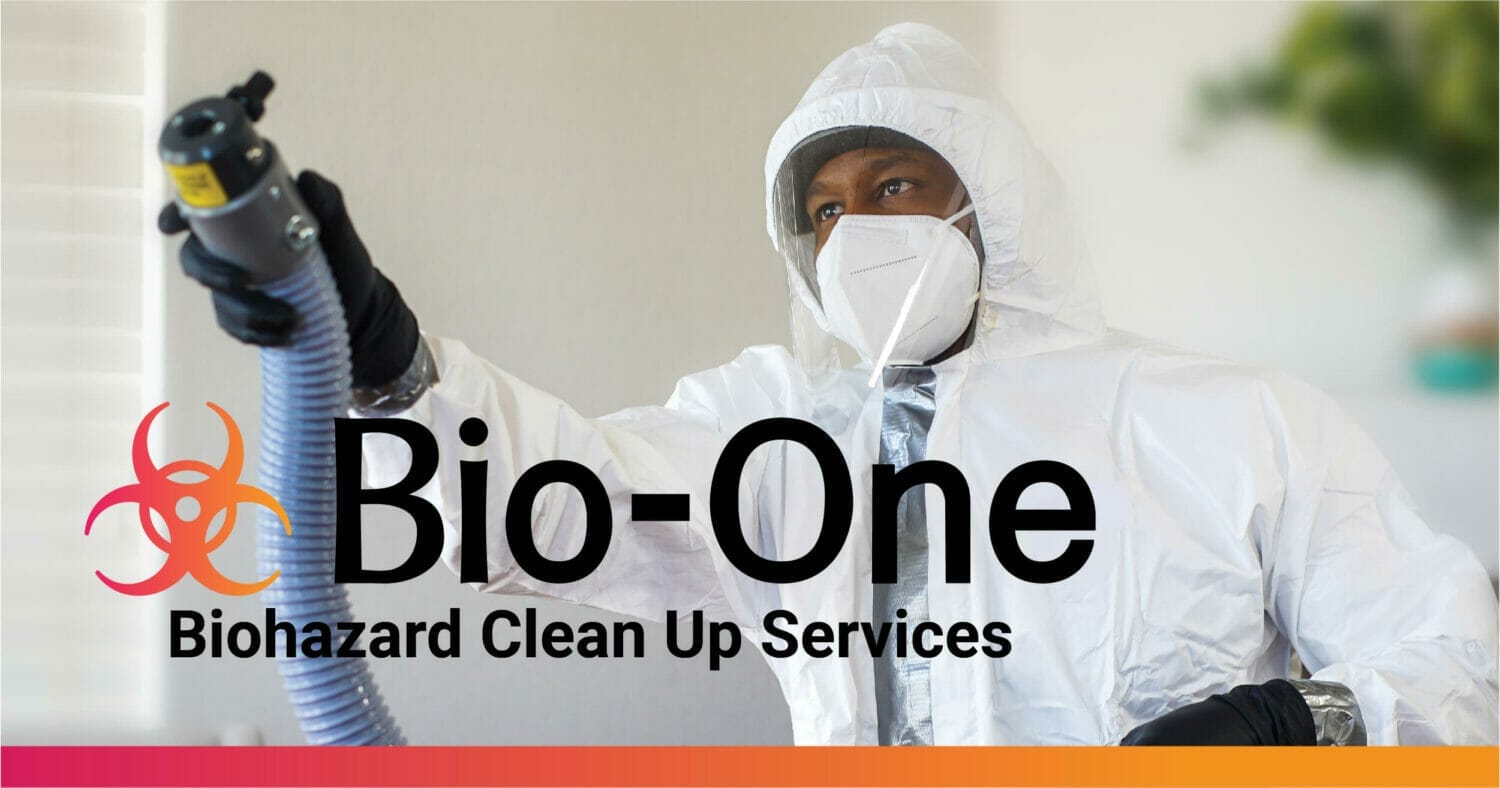
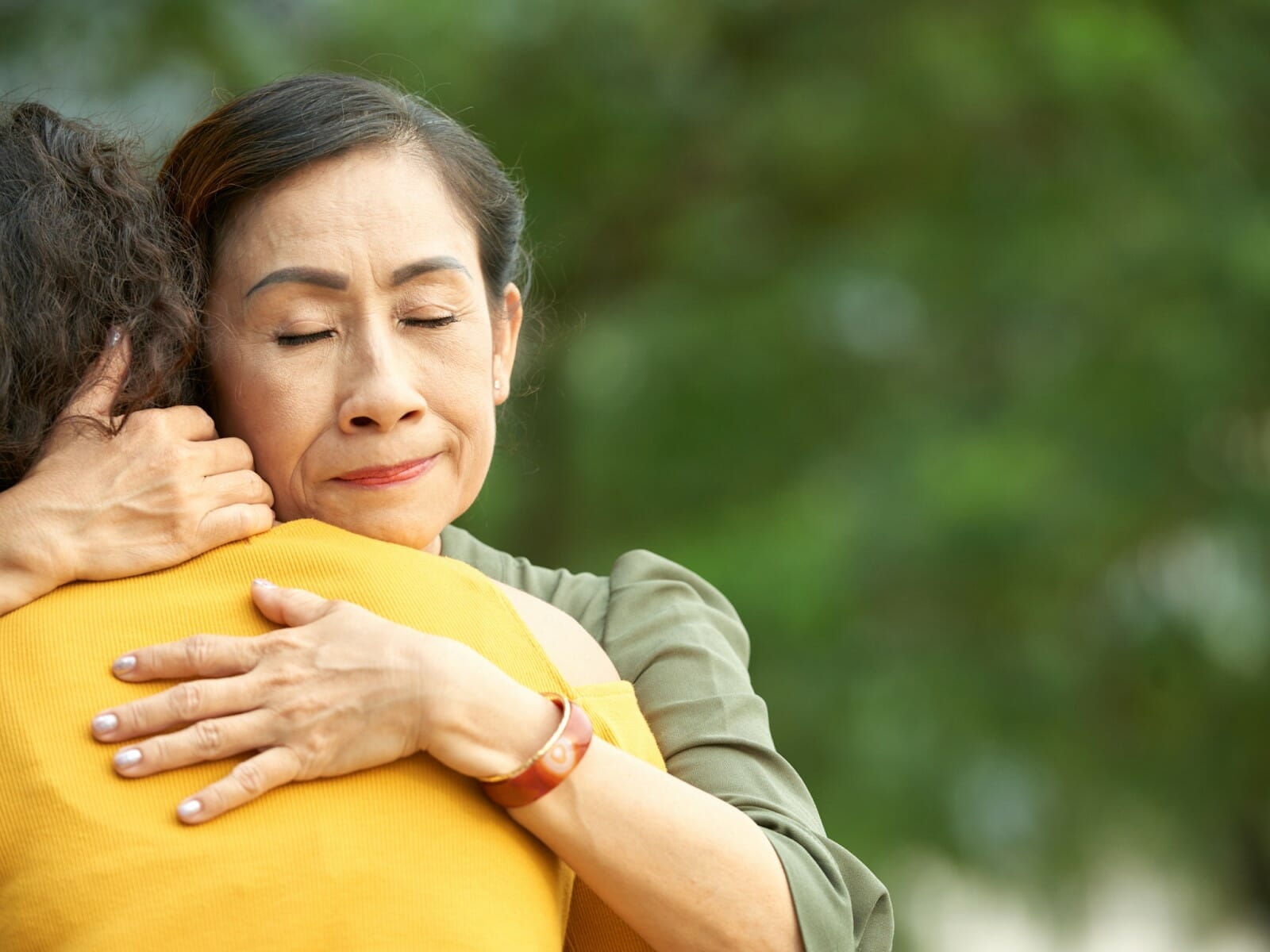
Suicide is often reduced to statistics to give people a general sense of the scale of the problem. But statistics can’t possibly illustrate the toll of each individual loss.
If you have lost a loved one to suicide, you are intimately familiar with the devastating and complex impact felt by surviving friends and family.
Your loved one’s death may have left you feeling lost and confused, unsure of where to turn for answers. As you and those around you struggle to come to terms with the loss, it can be difficult to know what to do or how to feel.
There is no right answer for how you should be feeling following the suicide of someone close to you. Grief is complex, and it’s rare that any two people will experience it in the same way. Just know that whatever you’re feeling, it’s okay.
Accepting your grief and allowing yourself to feel it is easier said than done, but there are things that can help. Here are a few things that may help in your grieving process.

The most common question that survivors of suicide come to is “Why did this happen?”
After a loved one’s suicide it can be easy in your search for answers to begin blaming yourself.
You may wonder what you could have done to prevent this outcome or you might feel guilt over signs you may have missed. You may find yourself wondering why your support wasn’t enough to keep them around.
The truth of the matter is that suicide is complicated with no singular explanation for why it happens. However, a framing that may help you understand is this: At the end of all things, your loved one died of an illness.
Most, if not all, victims of suicide suffer from an acute mental illness that contributed to the decision to end their life.
Mental illness can severely distort a person’s perception of their importance in the world and the care of those around them. Your loved one did not choose to become ill, and they would not have chosen to end their life had their illness not been pushing them to do so.
Mental illness is treatable just as cancer is treatable—but some people still succumb to their cancer even with treatment, while others recover and go on to live for years.
You do not need to wonder why your efforts weren’t enough or what you could have done better. In the end, succumbing to their illness requires no more blame than if they had died from a heart attack.
Understanding this will not make the loss hurt any less, but it may help to reconcile some of the confusion so you can grieve more peacefully.

There is no timetable on grief, so it’s impossible to say how long it will take for your life to begin to feel normal again.
There are, however, some things you can do to aid in your recovery process and ensure you are on the best possible path toward healing:
At the heart of all of these is connection with other people. You are not required or expected to do this alone. While you may occasionally need some time to yourself to process, it is support and connection with others that will be the most help in getting you through this difficult time.

After a traumatic loss, the idea of moving on can be scary. If you’re struggling with the transition, volunteering your time to a cause dedicated to preventing suicide and supporting survivors like you can help to ease some of the guilt and fear.
There may still be bumpy roads ahead. Grief is complicated and can come in waves. However, as you start feeling a little more whole you will be able to give yourself permission to begin living again.